machado: how is it that we live in a world where people are denied the medications they need to survive?
from getting the right diagnosis at the right time, affordable and appropriate treatment and adequate monitoring of disease, patients around the world lack the tools they need to manage their health.
drug access 101: what does a formulary have to do with getting your medication paid for?
figuring out drug coverage can be complicated, but knowing the basics can help ensure you get the drug that's right for you at a price you can afford.
canada's lethal 'postal code lottery': why won't ontario and the atlantic provinces fund life-saving take-home cancer drugs?
the cancertainty coalition wants fair and equal access to cancer drugs regardless of where you live.
 6 minute read
6 minute read









